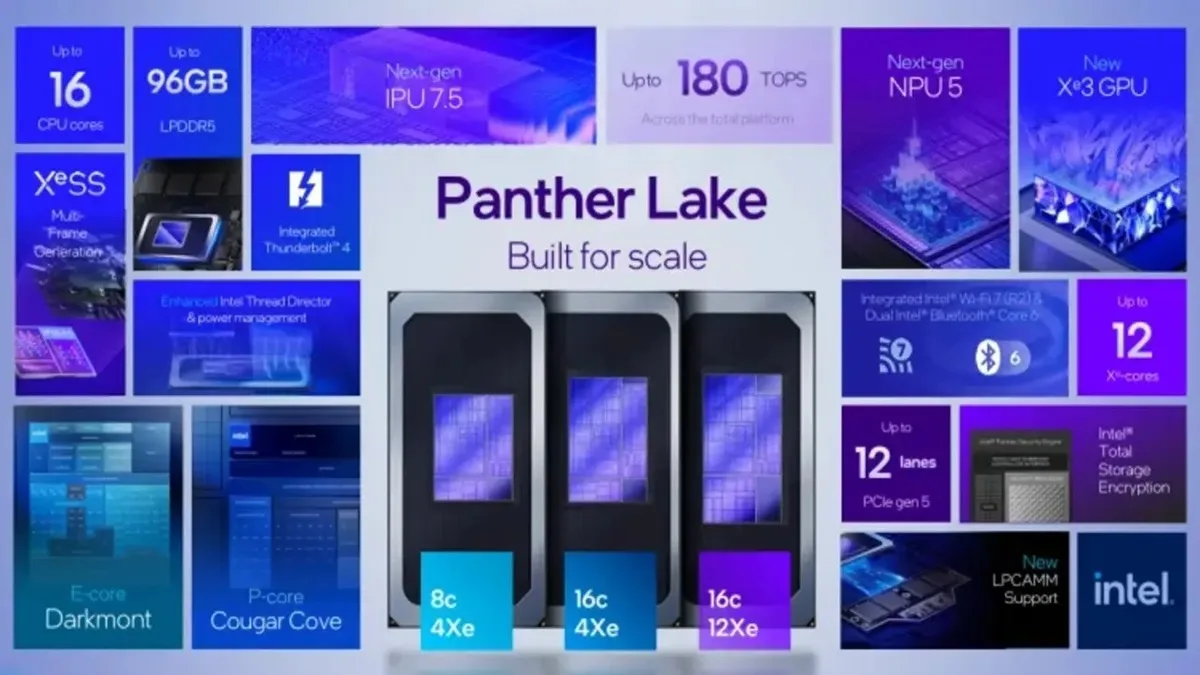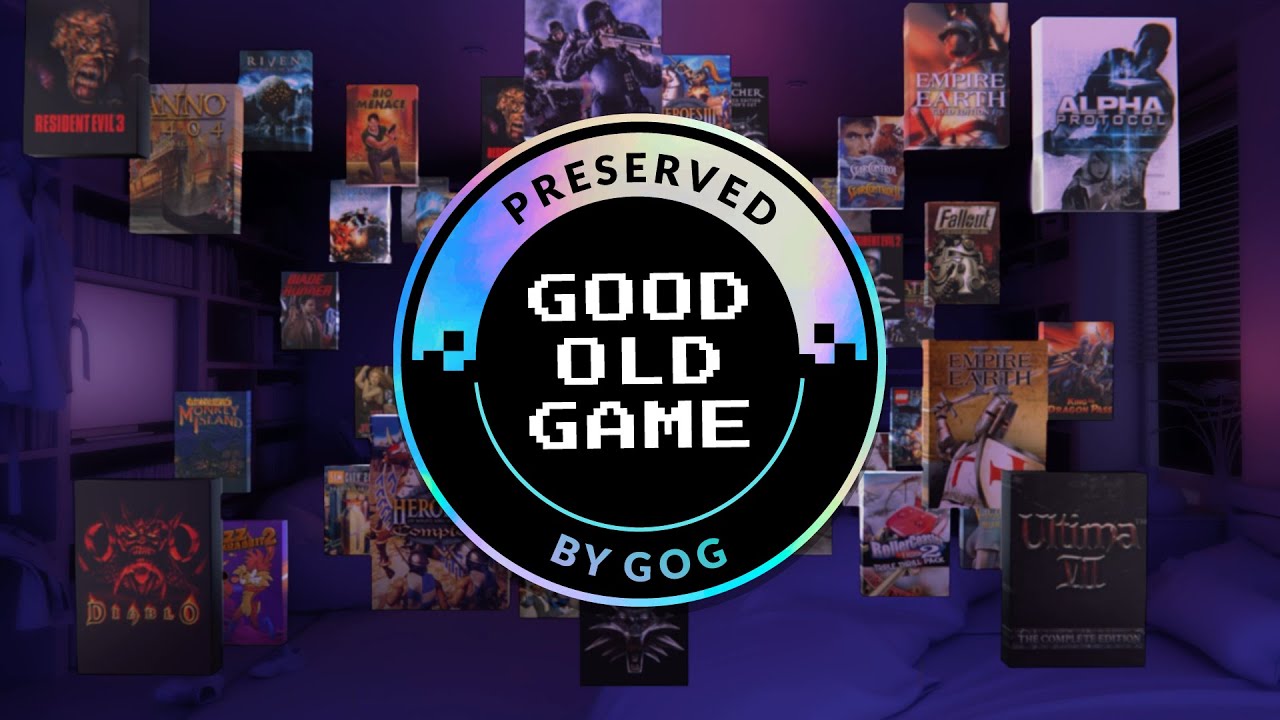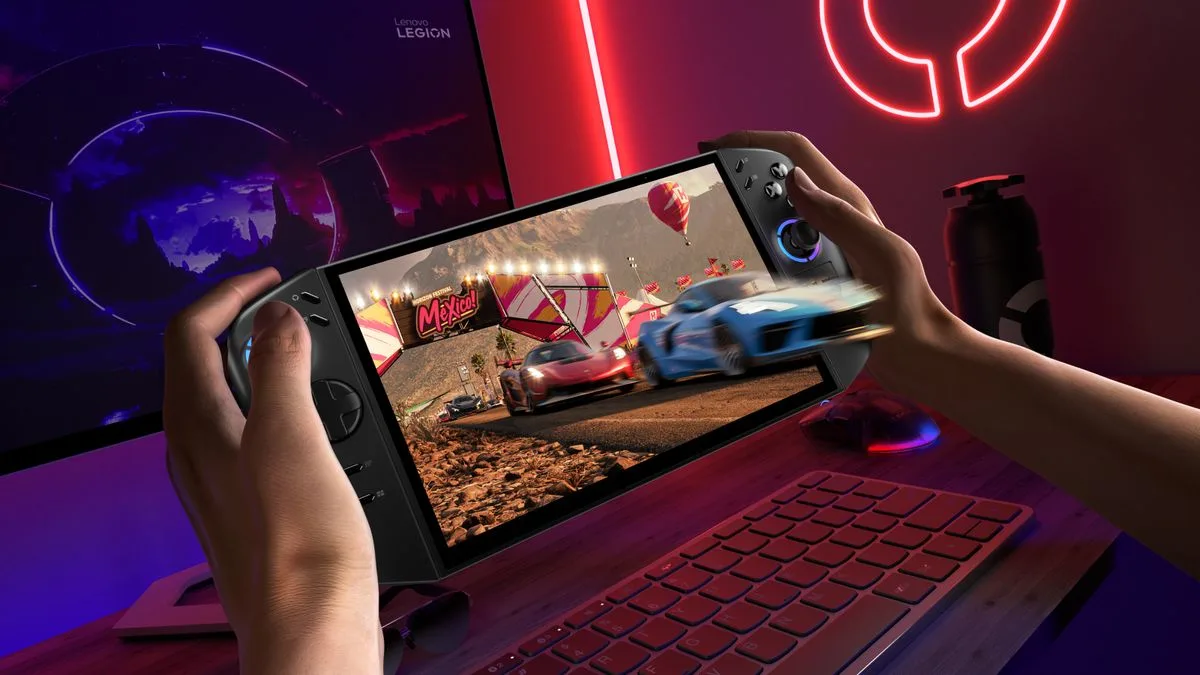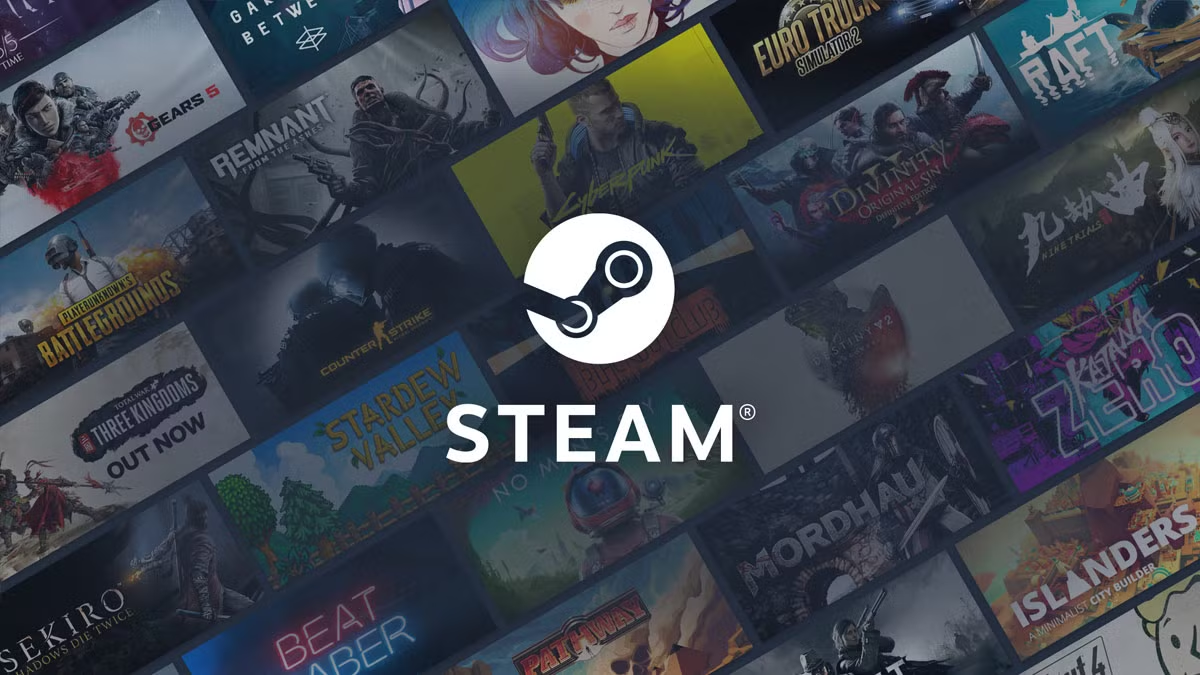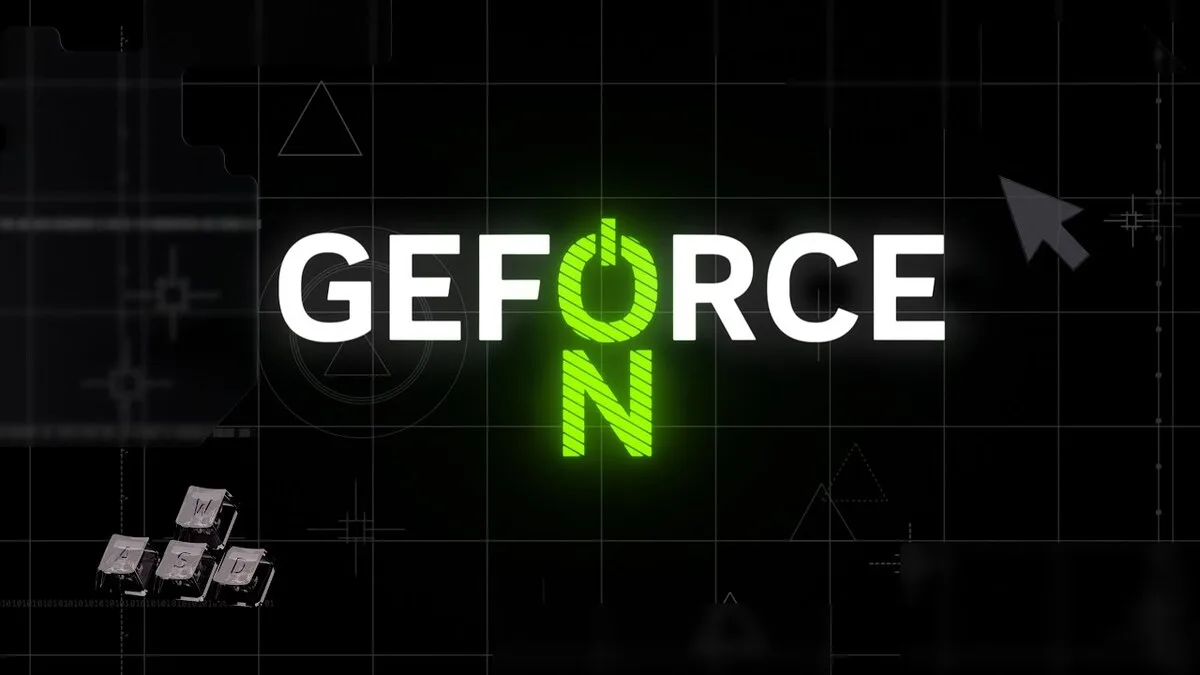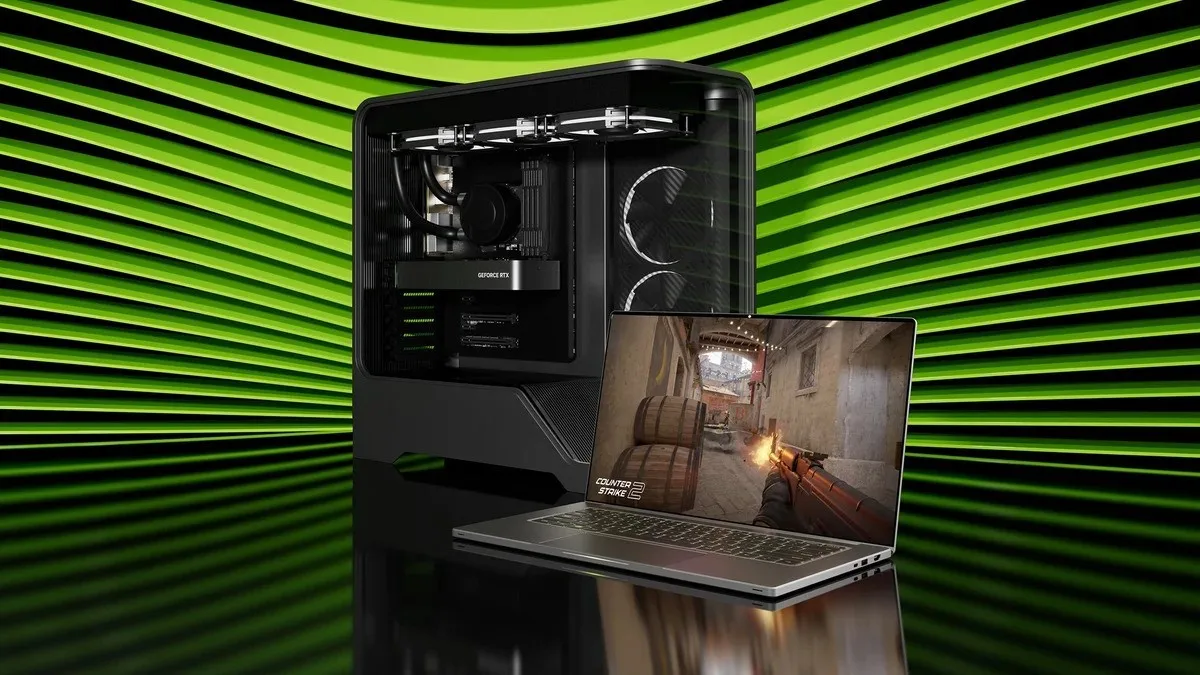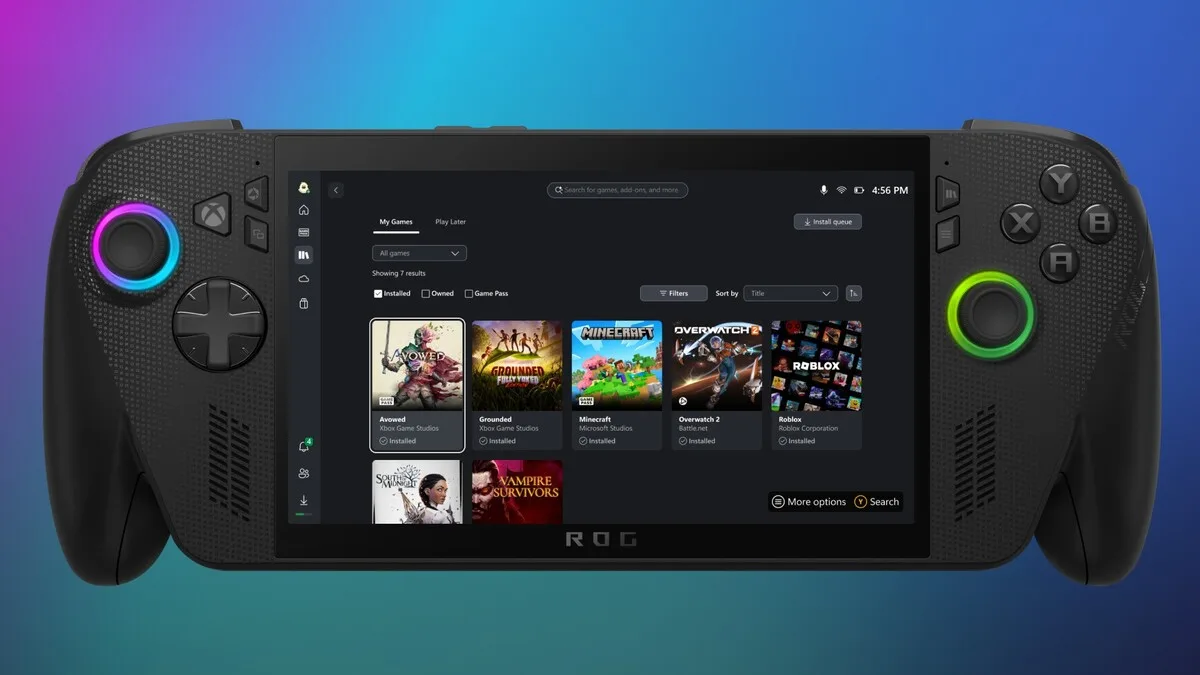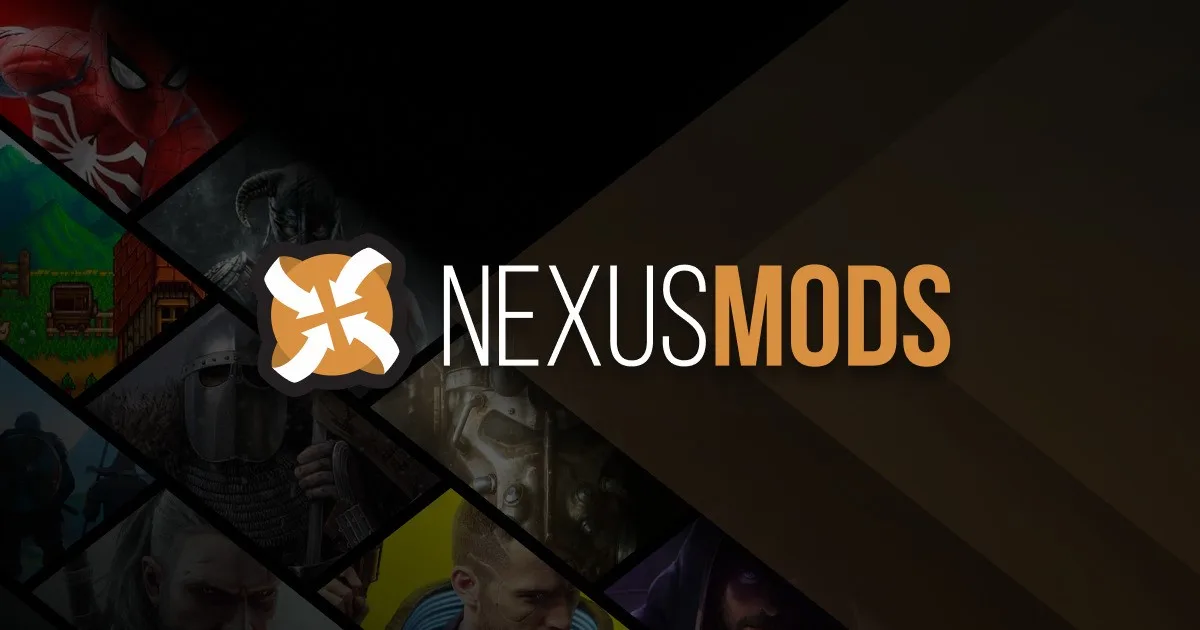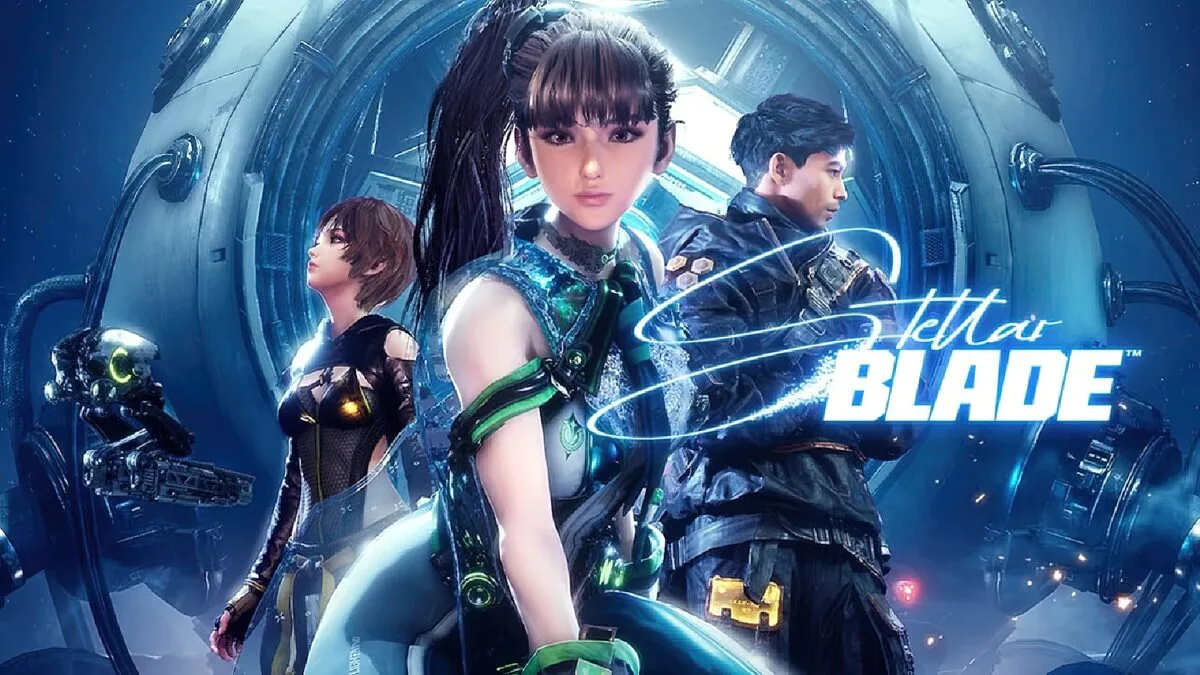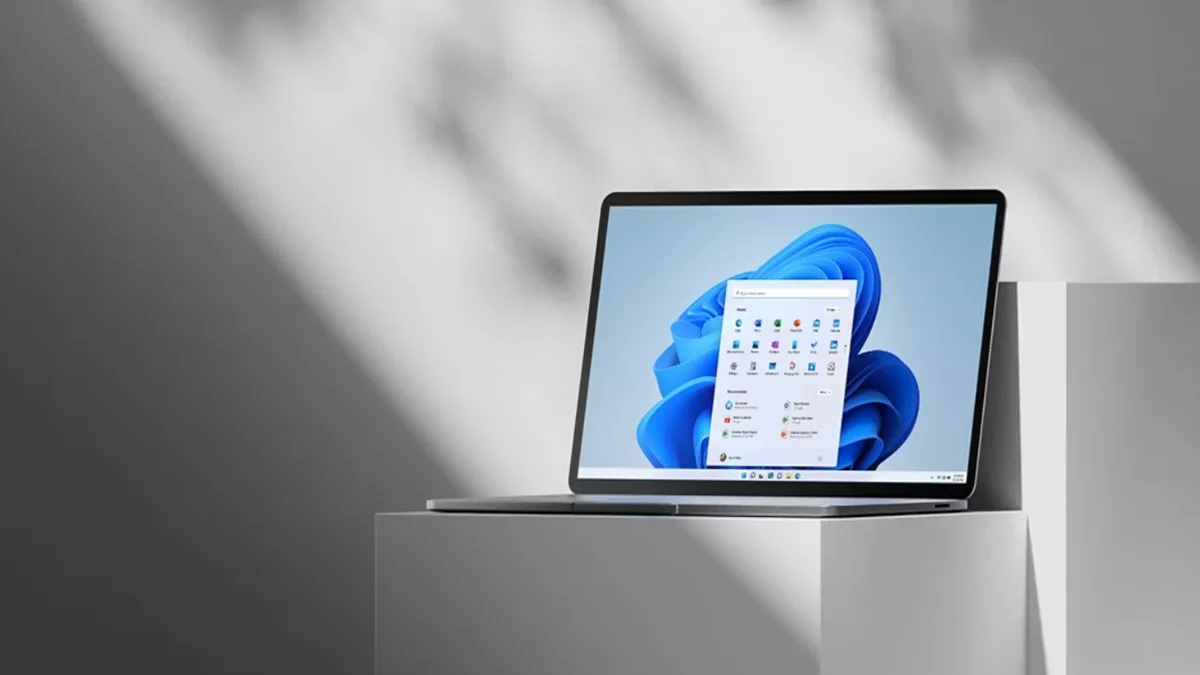
Windows 10 End of Life Meets Windows 11 25H2: What Gamers Need to Know Before the Shift
For over a decade, Windows 10 has been the backbone of PC gaming. From DirectX 12’s debut to the rise of Game Pass, it’s been the OS that carried us through an era of esports… Windows 10 End of Life Meets Windows 11 25H2: What Gamers Need to Know Before the Shift
